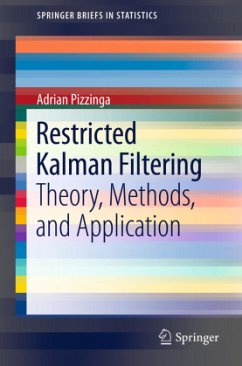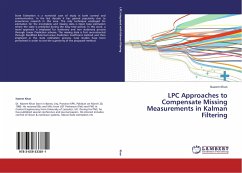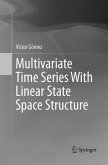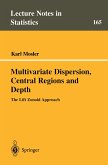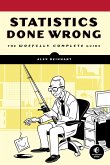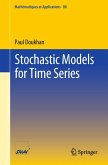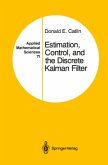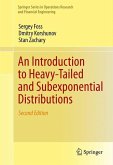In statistics, the Kalman filter is a mathematical method whose purpose is to use a series of measurements observed over time, containing random variations and other inaccuracies, and produce estimates that tend to be closer to the true unknown values than those that would be based on a single measurement alone. This Brief offers developments on Kalman filtering subject to general linear constraints. There are essentially three types of contributions: new proofs for results already established; new results within the subject; and applications in investment analysis and macroeconomics, where the proposed methods are illustrated and evaluated. The Brief has a short chapter on linear state space models and the Kalman filter, aiming to make the book self-contained and to give a quick reference to the reader (notation and terminology). The prerequisites would be a contact with time series analysis in the level of Hamilton (1994) or Brockwell & Davis (2002) and also with linear state models and the Kalman filter - each of these books has a chapter entirely dedicated to the subject. The book is intended for graduate students, researchers and practitioners in statistics (specifically: time series analysis and econometrics).
...studies Kalman filters that have a linear restriction at each of the discrete time points...The areas of application include, but are not limited to, Quality Control, Satellite Tracking, Navigation, and Econometrics...This book is useful because it summarizes important results in the literature about restricted Kalman filters, much of which is the author's own work. It has a good set of references for readers who wish to learn about the Kalman filter. It gives good examples of applications to econometrics...This book would be especially useful to econometricians with knowledge of the Kalman filter and with a strong mathematical background.
Technometrics 56:1 2014
Technometrics 56:1 2014

